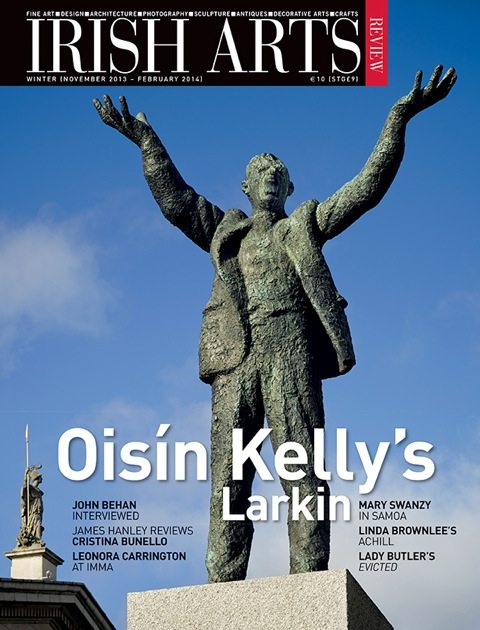
This is an engaging and scholarly publication on the ephemeral world of temporary architecture, in the 18th and 19th centuries, when large-scale public and private celebrations were marked with monumental settings. There was a serious side to these events and serious architects and artists were retained to realize these fleeting and magnificent displays. One such event was the Grand State Ball at Dublin Castle in 1731. This was held at the command of the Viceroy, Lionel Sackville, 1st Duke of Dorset. This required a temporary but magnificent setting, as it took place ‘below stairs‚’ in what was the old but dilapidated hall, ‘which had been long disused and very much out of repair‚’. The services of the distinguished architect Captain Lovett Pearce were called upon, and he in turn was assisted by the stage designer William van der Hagan. This occasion is recorded in a painting also attributed to van der Hagan. More remarkable are fourteen surviving canvas fragments from this great baroque setting, discovered at Knole, the Sackville family seat in Kent. The event was judged a great success in particular by the Viceroy who wrote ‘our room might be better than our company‚’, and must explain the commissioning of this delightful painting.
There was a serious side to these events and serious architects and artists were retained to realize these fleeting and magnificent displays
Within this ephemeral world, there were important technical developments. Melanie Doderer-Winkler, has unravelled many of these, in particular the development of floor cloths, the precursor of linoleum and the importance of the rising trade in biscuit-ware and painted porcelain. This is revealing as it astutely conveys the intended use of these items, many of which still survive and are greatly prized.
This is a wonderful source for understanding the ephemeral architecture and decorative arts of the 18th and 19th centuries. Fittingly, this handsome volume contains delightful images and is magnificently produced.
John J O’Connell is an architect based in Dublin.



